[All the Light We Cannot See Review Netflix] The mini-series that tells the story of Nazee is different and truly impressive.
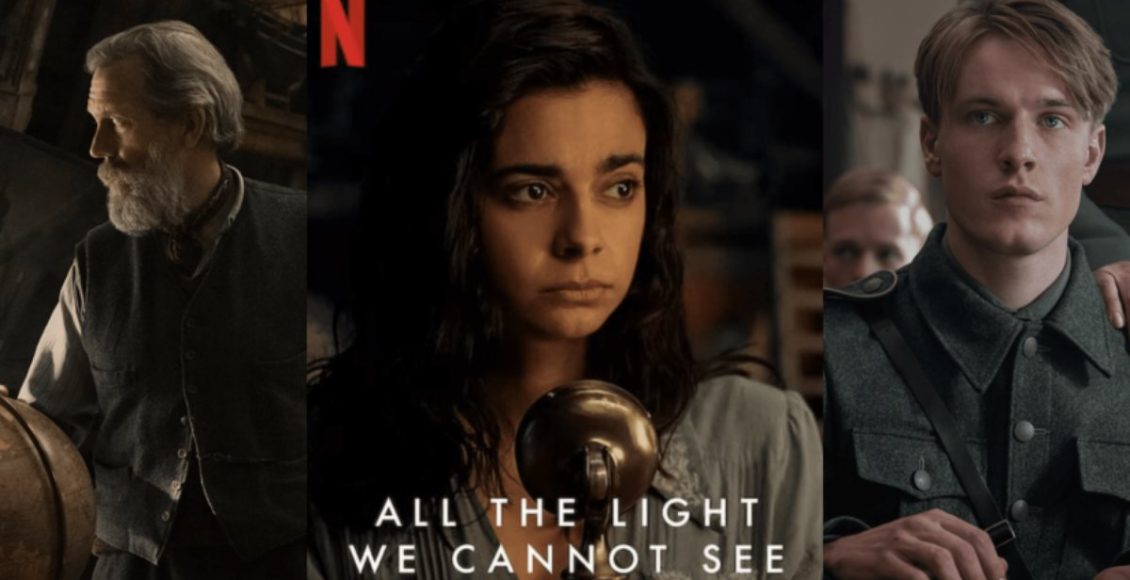
All the Light We Cannot See
Summary
In summary, this 4-episode series is a remarkable and highly-produced work that goes beyond the typical TV series. Created by renowned figures Steven Knight and Shawn Levy, it tells a unique perspective of the Nazi-occupied small town in France during a historical period. The plot primarily focuses on the search for a blind young woman who becomes a symbol of resistance during the war and a young Nazi who is forced to hunt her down. The series weaves two distinct life stories, the radio plays a central role in connecting both characters, serving as a bridge that links their lives and stories together. one set in the past with intricate subplots, leading up to the heart-wrenching war scenes in the present. What makes it exceptional is the fact that the lead actress is a real blind actress with no prior acting experience, and she delivers a natural and captivating performance. It’s a series leaving a lasting impression and is definitely worth watching.
Overall
9/10User Review
( votes)Pros
- A 4-episode miniseries that is a grand production.
- Adapted from the award-winning novel “Pulitzer”
- The story revolves around Nazi-occupied France during World War II.
- Radios play a crucial role in the story.
- Created by Steven Knight and Shawn Levy.
- visually impaired actors.
Cons
- The main character Nasi appears excessively sensitive (because not the real historical).
- The spoken language in the story is American English, not French.
ADBRO
All the Light We Cannot See The 4-episode Netflix mini-series is an adaptation of the award-winning novel “Pulitzer”. The story of Marie-Laure, a blind French teenager, and Werner, a German soldier, whose paths collide in occupied France as both try to survive the devastation of World War II.

All the Light We Cannot See Review Netflix (No Spoilers)
The 4-episode mini-series, which runs for nearly 4 hours, is created by two renowned figures, Steven Knight and Shawn Levy . Steven Knight is known for his work on popular series like “Peaky Blinders” and “SEE,” while Shawn Levy is associated with films like “Free Guy” and “The Adam Project.” This series also features A-list actor Mark Ruffalo in a leading role and is adapted from a Pulitzer Prize-winning novel, making it a significant and ambitious project, despite its short length of only 4 episodes.
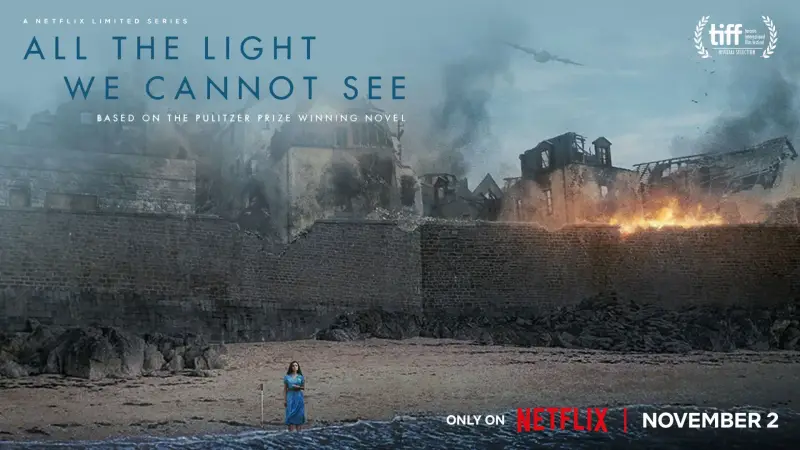 This is a series with a production quality similar to a feature film, lasting 4 hours. It follows a true story based on historical events during the time when Nazi-occupied France was surrounded by American and British forces in the city of Saint-Malo in 1944. They used bombers to accurately destroy the city, causing the Nazi forces in Saint-Malo to be close to defeat and forced to fight to the death, sealing off the city gates to prevent the local residents from escaping.
This is a series with a production quality similar to a feature film, lasting 4 hours. It follows a true story based on historical events during the time when Nazi-occupied France was surrounded by American and British forces in the city of Saint-Malo in 1944. They used bombers to accurately destroy the city, causing the Nazi forces in Saint-Malo to be close to defeat and forced to fight to the death, sealing off the city gates to prevent the local residents from escaping.
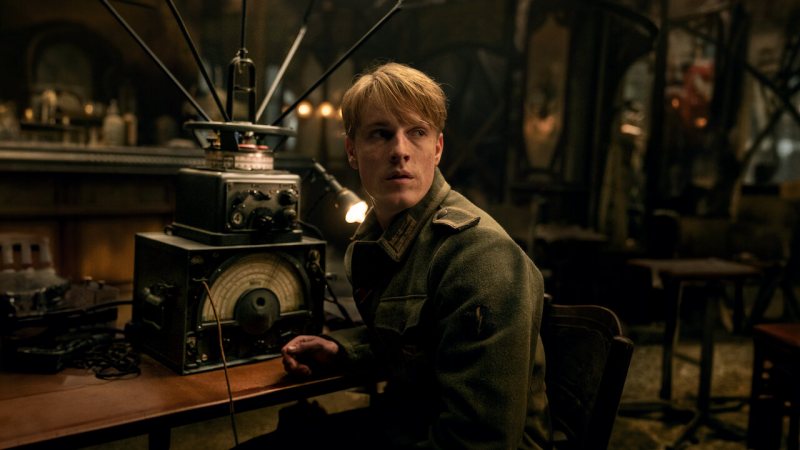 The series tells the story of a character who resides in this city, a blind young woman named Marie. She hosts her own radio program, which has a profound impact on the war, to an unbelievable extent. This leads the Nazis to search for her, using the clever radio operator Werner to help locate her. Both of them share a deep love for radio since childhood, and their common ground is the shortwave radio program 13.10, whose host served as their mentor, instilling a correct perspective in them from a young age. Werner, being a Nazi soldier himself, has conflicting views on Germany, but he keeps these sentiments hidden deep within him. The narrative unfolds, depicting the life stories of both of them, starting from their childhoods, and showcases the contrasting worlds they come from, between France and Germany. The story includes present-day events that force them to meet as adversaries, creating a heart-wrenching narrative.
The series tells the story of a character who resides in this city, a blind young woman named Marie. She hosts her own radio program, which has a profound impact on the war, to an unbelievable extent. This leads the Nazis to search for her, using the clever radio operator Werner to help locate her. Both of them share a deep love for radio since childhood, and their common ground is the shortwave radio program 13.10, whose host served as their mentor, instilling a correct perspective in them from a young age. Werner, being a Nazi soldier himself, has conflicting views on Germany, but he keeps these sentiments hidden deep within him. The narrative unfolds, depicting the life stories of both of them, starting from their childhoods, and showcases the contrasting worlds they come from, between France and Germany. The story includes present-day events that force them to meet as adversaries, creating a heart-wrenching narrative.
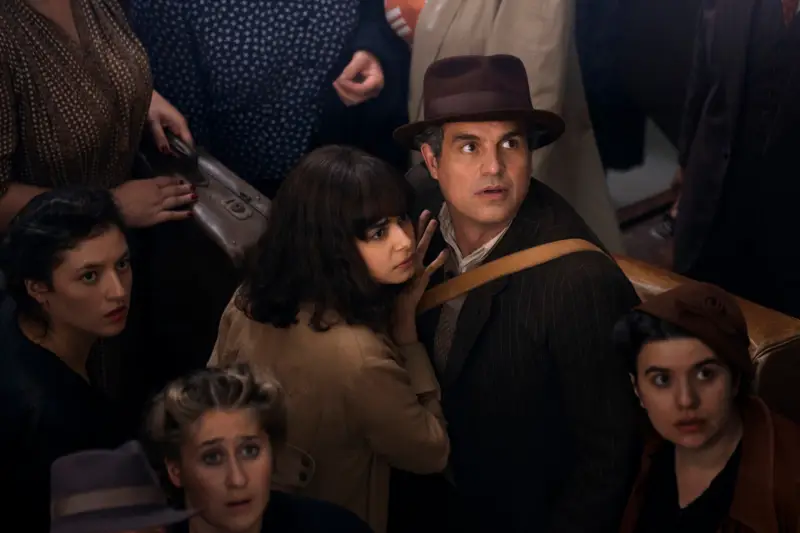 The series delves deeper into the past by introducing a main character whose storyline in the present is intertwined with the disappearance of Marie’s father. He had created a miniature model of the city of Saint-Malo in their home to help Marie remember the city. His past becomes a crucial part of the present narrative when Marie hosts a daily radio show in hopes of her father’s return, based on a promise. Additionally, a new mystery unfolds as her father secretly hides a legendary French sapphire, leading the Nazis, particularly a sinister figure who has broken away from the Nazi ranks in the city and is involved in the story from the past to the present, to search for the precious gem.
The series delves deeper into the past by introducing a main character whose storyline in the present is intertwined with the disappearance of Marie’s father. He had created a miniature model of the city of Saint-Malo in their home to help Marie remember the city. His past becomes a crucial part of the present narrative when Marie hosts a daily radio show in hopes of her father’s return, based on a promise. Additionally, a new mystery unfolds as her father secretly hides a legendary French sapphire, leading the Nazis, particularly a sinister figure who has broken away from the Nazi ranks in the city and is involved in the story from the past to the present, to search for the precious gem.
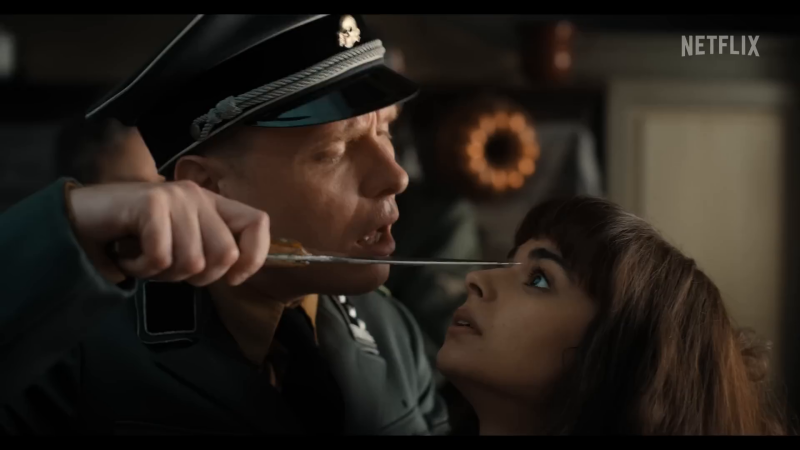
In this series, the Nazis maintain their oppressive status, despite being on the verge of defeat. They are armed, which gives them the power to control the city. While the local residents are not Jewish, they still face brutal and ruthless killings at the hands of the Nazis. The narrative is divided into two aspects, with one focusing on the villainous Nazis searching for Marie, using violence to extract information from the townsfolk who aided her and the other Nazi force controlling the city. They are also on a quest to uncover the identity of the radio host in the city.
Additionally, the story delves into the past, particularly within a school that trained Nazi soldiers, and this is narrated through the character of Werner. This sheds light on the origins of the cruelty he has witnessed and been a part of, despite being a German himself.
The production values in this series are truly remarkable, with exceptionally detailed war scenes that go beyond typical TV series quality. Although the war scenes may not be the main focus of the storyline, they are presented on a grand scale, including scenes of bombing raids with realistic explosions and the depiction of the city being heavily damaged by American forces towards the end. The use of sound direction is also outstanding.
Furthermore, the historical recreation of the city during that era is incredibly accurate and thorough. As the series concludes, during the end credits, there are real images of the city’s destruction after the war, providing a poignant.
The most remarkable aspect, and one that viewers may not be aware of beforehand, is the performance of the relatively unknown actress Aria Mia Loberti . She is a real-life blind actress who has had achromatopsia since birth (achromatopsia is a condition characterized by color blindness, extreme light sensitivity, limited vision, and complete blindness in certain situations).She has achieved this role by winning it in a competition with thousands of contestants, Despite having no prior acting experience or training, she delivers an outstanding performance, and her portrayal of the character Marie in the series is truly astonishing.
Aria Mia Loberti’s acting relies heavily on sensory cues, and she excels in conveying emotions and expressions naturally. Her character, Marie, possesses a remarkable ability to perceive her surroundings in a captivating way. Additionally, her childhood, Nell Sutton , who is also a blind actress, plays her role in the series with great skill, even though her role is brief. Both actresses demonstrate their talent, making their performances truly engaging and impressive.
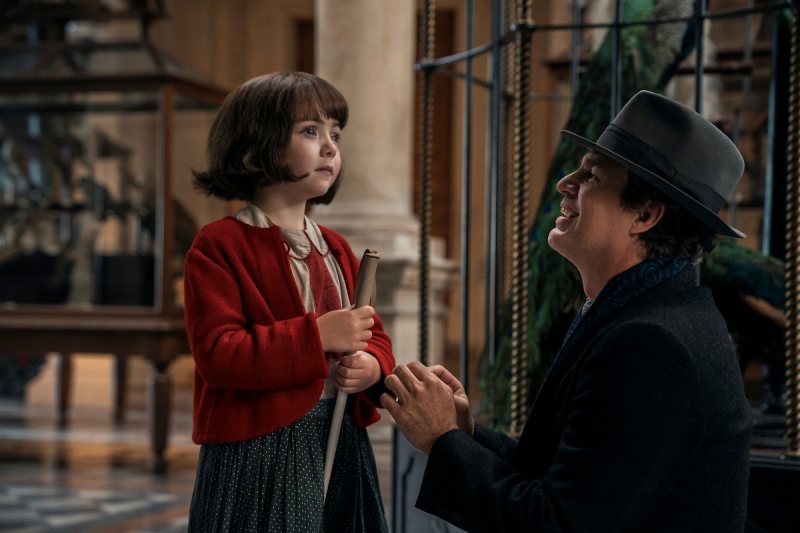 In summary, this 4-episode series is a remarkable and highly-produced work that goes beyond the typical TV series. Created by renowned figures Steven Knight and Shawn Levy, it tells a unique perspective of the Nazi-occupied small town in France during a historical period. The plot primarily focuses on the search for a blind young woman who becomes a symbol of resistance during the war and a young Nazi who is forced to hunt her down. The series weaves two distinct life stories, the radio plays a central role in connecting both characters, serving as a bridge that links their lives and stories together. one set in the past with intricate subplots, leading up to the heart-wrenching war scenes in the present. What makes it exceptional is the fact that the lead actress is a real blind actress with no prior acting experience, and she delivers a natural and captivating performance. It’s a series leaving a lasting impression and is definitely worth watching.
In summary, this 4-episode series is a remarkable and highly-produced work that goes beyond the typical TV series. Created by renowned figures Steven Knight and Shawn Levy, it tells a unique perspective of the Nazi-occupied small town in France during a historical period. The plot primarily focuses on the search for a blind young woman who becomes a symbol of resistance during the war and a young Nazi who is forced to hunt her down. The series weaves two distinct life stories, the radio plays a central role in connecting both characters, serving as a bridge that links their lives and stories together. one set in the past with intricate subplots, leading up to the heart-wrenching war scenes in the present. What makes it exceptional is the fact that the lead actress is a real blind actress with no prior acting experience, and she delivers a natural and captivating performance. It’s a series leaving a lasting impression and is definitely worth watching.

